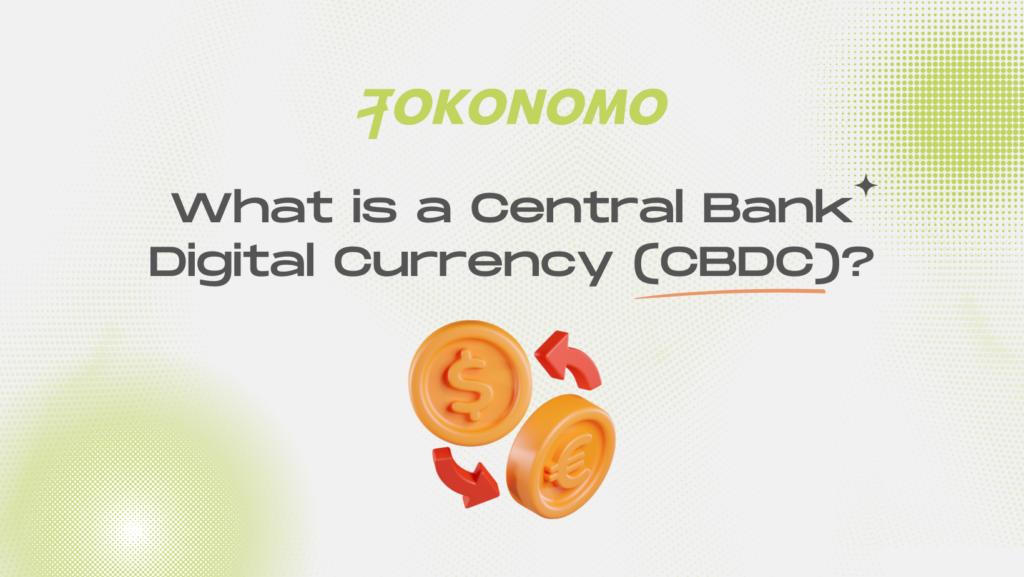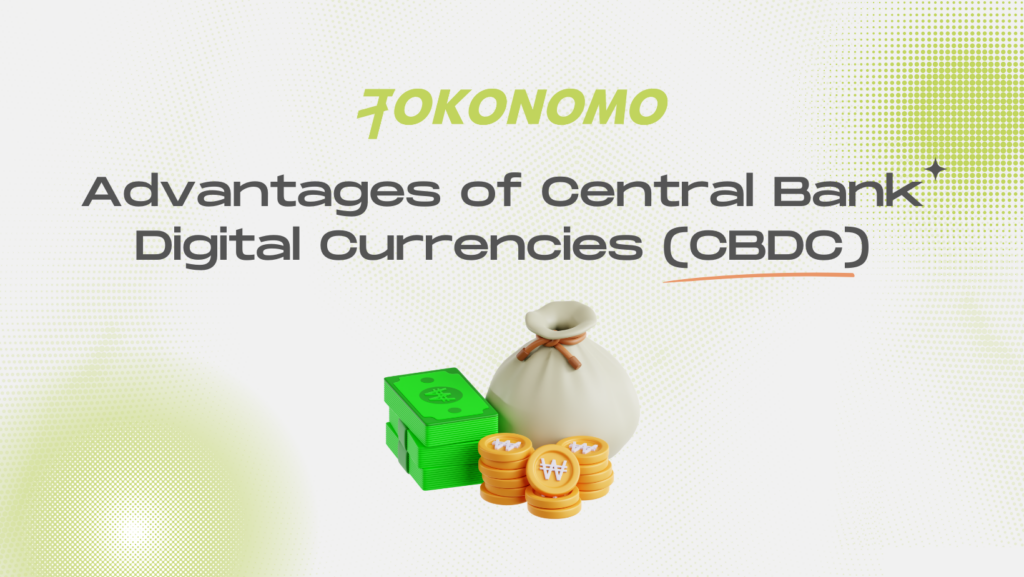The technology facilitating the movement of funds within traditional financial systems has struggled to keep pace with the rapid changes occurring globally. While the process essentially involves transferring bits from one location to another, the act of sending money can incur significant costs and time delays that are less than ideal.
Numerous governments are actively engaged in the development of a novel form of digital currency. The primary advantages sought include enhancing the efficiency of payment systems and reducing overall costs for all participants. Conceptually, Central Bank Digital Currencies (CBDCs) can be envisioned as a form of digital fiat currency constructed upon an innovative technological layer inspired by the advancements introduced by blockchain.
Numerous countries will probably embrace these digital currencies in the coming decade. Now, the question arises: how exactly do they operate?
What is a Central Bank Digital Currency (CBDC)?
A central bank digital currency (CBDC) constitutes a digitized manifestation of fiat currency and is officially recognized as a legal tender through government regulations.


The formulation of a CBDC is anticipated to exhibit considerable divergence depending on the country of issuance. Some implementations may leverage blockchain or other distributed ledger technologies (DLT), while others might opt for a more centralized database structure. In instances where blockchain is employed, a token is utilized to symbolize the digital rendition of fiat currency.
While one might draw parallels between Central Bank Digital Currencies (CBDC) and cryptocurrencies like Bitcoin, they are fundamentally distinct. CBDCs are government-issued and bear the status of legal tender, a declaration made by the governing authority. In contrast, cryptocurrencies like Bitcoin transcend national borders, lacking issuance by any centralized entity or state.
Numerous central banks are in the contemplation or active experimentation phase with proof-of-concept initiatives for CBDCs.
For instance, China has been diligently progressing on the DC/EP project (Digital Currency/Electronic Payments) since 2014, with an operational trial for the digital yuan underway across various cities. The European Central Bank (ECB) presented a report in October 2020 advocating for a digital euro and appraising the potential benefits of such a digital currency.
Comprehending Central Bank Digital Currencies (CBDC)
From a technological perspective, a Central Bank Digital Currency (CBDC) fundamentally operates as a database that is overseen and managed by the government or potentially approved entities within the private sector. This characteristic defines CBDCs as permissioned databases, where only authorized entities possess the capability to engage in transactions within the network.
Consequently, the centralized authority governing the database wields the power to obstruct transactions, reverse transactional activities, impose “freezing” of funds, or blacklist specific addresses.
While numerous CBDCs are anticipated to function on dedicated blockchains, there is a possibility that some may be deployed on public blockchains. In such cases, these CBDCs would involve permissioned assets settling on a permissionless foundational layer. This dual-layer approach aims to combine the advantages of a controlled layer that satisfies central bank requirements with the robust security assurances offered by the permissionless layer.
However, it is improbable that this configuration will become commonplace. Presently, no public blockchain possesses the requisite technological capabilities or has endured a sufficient duration to confidently handle such a crucial responsibility.
Beyond these considerations, articulating a universal description of how CBDCs operate proves challenging, as each country is likely to adopt a distinct approach. The adaptation of technology for CBDC implementation is expected to be tailored to the specific requirements of each nation.
Advantages of Central Bank Digital Currencies (CBDC)
The concept of “banking the unbanked” in the realm of cryptocurrencies might be familiar to you. While this notion holds a certain allure, it’s worth noting that Central Bank Digital Currencies (CBDCs) could potentially be more effective in achieving this objective compared to decentralized cryptocurrencies like Bitcoin. Facilitating easy access to a low-cost bank account for every lawful citizen can significantly contribute to enhancing financial inclusion.


Furthermore, the adoption of CBDCs brings about technological advancements that can revolutionize the monetary system. Even though a substantial portion of fiat money exists as mere digital entries in a database, the underlying infrastructure is often outdated. Consider the efficiency of sending an email on a Sunday afternoon, which takes only a few seconds, as it should. In contrast, due to the complexities of the current financial system, transferring money can take multiple days.
In the context of the economic responses to the COVID-19 pandemic, it has become evident that central banks need to act with unprecedented speed. CBDCs have the potential to empower central banks and financial institutions to implement changes in monetary policy more directly than ever before, thereby reshaping the landscape of central banking.
Additionally, the implementation of CBDCs simplifies the task of monitoring illicit activities for governments and central banks.
Stablecoins vs CBDCs
Therefore, the resemblance to a stablecoin is striking, isn’t it? In terms of functionality, they share similarities as both serve as digital tokens representing fiat money. Nevertheless, their operational mechanisms diverge significantly.
Stablecoins are usually issued by private entities, acting as a digital reflection of fiat money or another asset. While they can be exchanged for their corresponding value, they don’t hold the status of actual fiat money. Conversely, Central Bank Digital Currencies (CBDCs) are government-issued and function as genuine fiat money.
Cryptocurrencies vs CBDCs
As previously mentioned, Central Bank Digital Currencies (CBDCs) distinguish themselves from cryptocurrencies. CBDCs, being issued by a central bank and granted legal tender status by the government, function much like traditional banknotes – serving as a unit of account, a means of payment, and a store of value.
In contrast, genuine cryptocurrencies like Bitcoin operate under a different paradigm. They lack government issuance and operate beyond national borders, embodying characteristics of being permissionless, trustless, and censorship-resistant. Moreover, these cryptocurrencies operate without a centralized entity governing the network, ensuring that no one can blacklist a Bitcoin address from initiating transactions with another Bitcoin address.
Choosing between CBDCs and cryptocurrencies depends on the specific use case. The empowerment of individuals, exemplified by Alice sending Bitcoin to Bob without intermediaries or the risk of censorship, presents a compelling concept. However, this decentralized model is not without drawbacks – potential issues arise, such as the loss of a significant amount of funds or the accidental transfer of life savings to an incorrect address.
There are scenarios where having the ability to reverse transactions or blacklist addresses proves useful, balancing the advantages of a centralized system with the unique benefits that a decentralized network like Bitcoin can bring to the global landscape.
Conclusion
In summary, it can be stated that central bank digital currencies essentially represent a digital iteration of traditional fiat money. It is anticipated that numerous CBDC implementations will leverage blockchain technology, offering a streamlined and seamless means for individuals to conduct digital transactions with greater ease.











